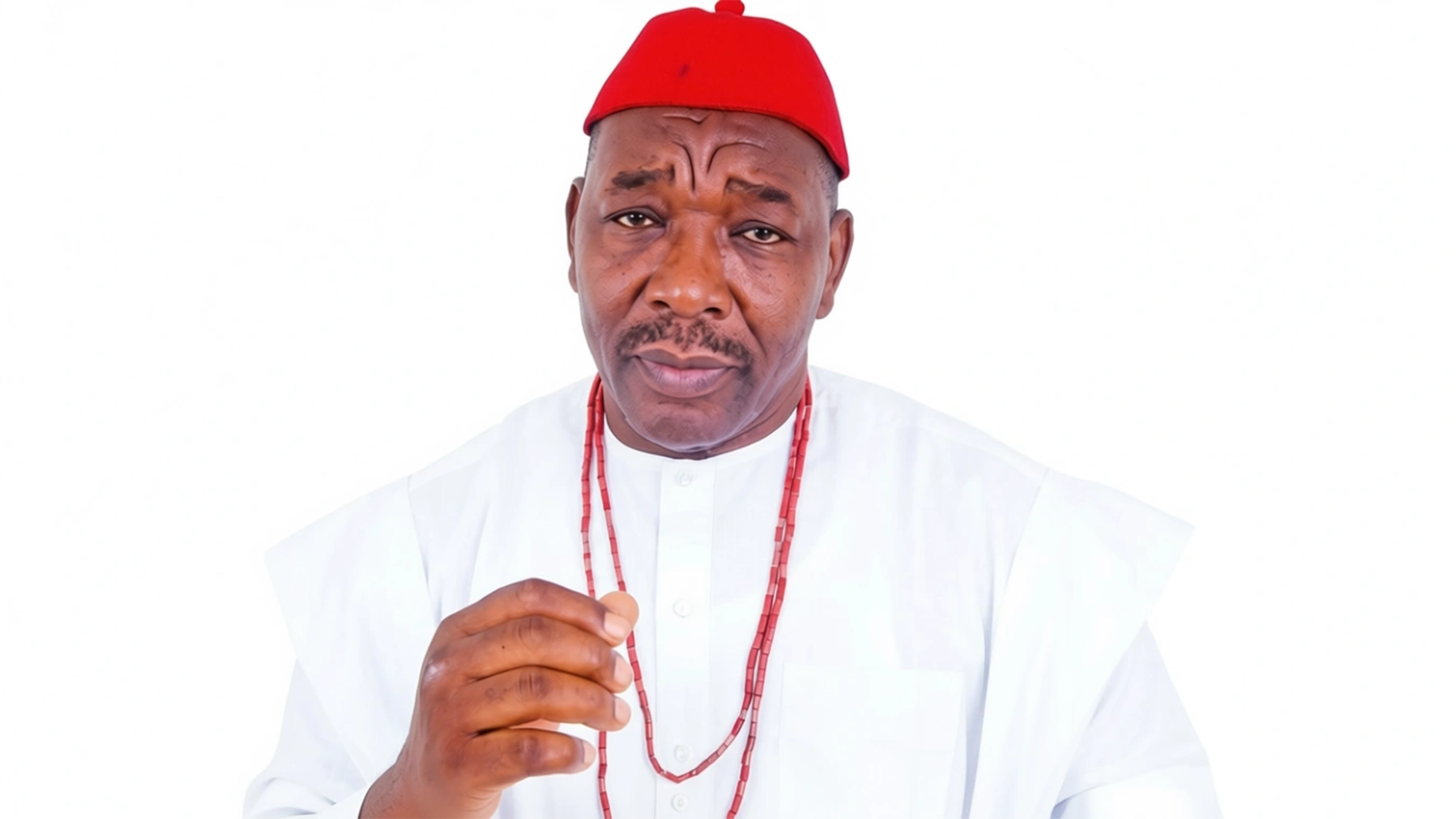
We are delighted to welcome Toke Soyebo, a finance expert and consultant based in New York City. Toke, thank you for joining us today. With your impressive background in finance and strategic management across multiple sectors and regions, you bring a unique and valuable perspective. To begin, could you share your thoughts on why emerging markets hold such a pivotal role in the global clean energy transition?
Thank you for having me. Emerging markets are central to the global clean energy transition for several reasons. These regions account for a significant share of global energy demand growth, driven by rapid urbanization, industrialization, and population expansion. For instance, countries in Africa, Asia, and Latin America are experiencing some of the fastest rates of electricity demand globally, which presents both a challenge and an opportunity to prioritize clean energy solutions. What makes emerging markets particularly exciting is their ability to innovate under constraints. Faced with limited grid infrastructure, capital shortages, and pressing social needs, they have developed solutions that are affordable, scalable, and impactful. Examples include off-grid solar systems in sub-Saharan Africa, waste-to-energy projects in India, and scalable battery storage in Southeast Asia. These models provide valuable lessons for the rest of the world, demonstrating how clean energy can be integrated in a way that fosters inclusivity, affordability, and sustainability.
What are some standout innovations in clean energy from emerging markets, and what makes these innovations globally significant?
There are several. One of the most widely recognized is the pay-as-you-go (PAYG) solar model from Africa. Companies like M-KOPA and d.light have developed systems where low-income households can access solar energy by making incremental payments through mobile money platforms. This model not only addresses energy poverty but also empowers households to move away from kerosene and other polluting energy sources. India offers another compelling example with its solar irrigation pumps, which are transforming agriculture by providing clean energy to farmers while reducing reliance on expensive diesel fuel. This model has dual benefits: boosting crop productivity and reducing greenhouse gas emissions. Additionally, India’s large-scale solar parks, such as the Bhadla Solar Park in Rajasthan, showcase how policy and private investment can come together to achieve transformative outcomes.
In Latin America, Brazil’s investments in biofuels and biogas systems stand out. Leveraging sugarcane waste for ethanol production has positioned the country as a leader in renewable energy derived from agricultural by-products. These solutions are helping to close the loop in agriculture while providing reliable energy.
What makes these innovations significant globally is their adaptability. They address real-world challenges with ingenuity, and their scalability makes them highly relevant for developed markets aiming to expand access to clean energy.
Financing clean energy projects can be a major barrier. How are emerging markets overcoming this, and what lessons can developed countries take from their strategies?
Financing is indeed one of the most complex hurdles, but emerging markets are tackling it through creative and collaborative approaches. Blended finance is one such solution. This involves combining public funds, private investments, and concessional capital to de-risk clean energy projects and make them attractive to investors. For example, the Desert to Power initiative by the African Development Bank is leveraging blended finance to bring solar power to the Sahel region, targeting 250 million people.
Carbon markets are another effective tool. Projects that reduce greenhouse gas emissions can earn carbon credits, which are then sold to generate revenue. For example, Kenya has implemented biogas programs where households convert organic waste into energy, earning carbon credits in the process.
Finally, crowdfunding platforms like Trine are enabling individuals worldwide to invest in small-scale renewable energy projects in emerging markets. This model democratizes access to finance and raises awareness of global energy needs.
Developed markets can learn from these models by adopting flexible financing mechanisms and embracing public-private partnerships. Blended finance, in particular, could be instrumental in supporting community-led renewable energy projects in underserved areas of developed countries.
In addition to financing, what role does technology play in enabling clean energy transitions in emerging markets?
Technology is a game-changer for clean energy transitions, especially in emerging markets. In many cases, it bridges the gap created by infrastructural or financial limitations. For instance, mobile technology underpins the PAYG solar model by enabling households to make small, incremental payments for electricity. This integration of fintech and cleantech has been transformative for energy access.
The Internet of Things (IoT) is another significant driver. In India, IoT-enabled devices are optimizing the efficiency of solar grids and enabling real-time monitoring of energy systems. These technologies ensure that energy systems remain reliable and cost-effective, even in resource-constrained environments.
Blockchain is also emerging as a powerful tool for energy trading. In Bangladesh, pilot projects are testing peer-to-peer energy trading platforms, where households with excess solar energy can sell it to neighbors. This decentralizes energy production and fosters community resilience.
These technologies are equally applicable to developed markets, particularly in decentralizing energy systems and improving efficiency. They underscore the importance of leveraging innovation to create energy systems that are adaptable and inclusive.
Inclusivity seems to be a recurring theme in your examples. How do emerging markets ensure that the energy transition benefits everyone?
Inclusivity is indeed a cornerstone of the clean energy transition in emerging markets. Governments, private companies, and nonprofits are working together to ensure that even the most vulnerable populations have access to clean energy.
One strategy is to focus on affordability. Models like PAYG solar systems are designed to minimize upfront costs, allowing low-income households to adopt clean energy without financial strain.
Another approach is community ownership. Nepal’s community-owned micro-hydropower projects are an excellent example. These initiatives are managed by local communities, ensuring that the benefits—such as reduced energy costs and job creation—stay within the community.
Capacity building is also crucial. Many renewable energy projects include training programs that equip local workers with the skills needed to install, operate, and maintain clean energy systems. This not only accelerates adoption but also creates economic opportunities, particularly for women and youth.
For the global energy transition, these strategies highlight the importance of equitable access and the need to involve communities at every stage of the transition.
Looking ahead, what trends from emerging markets do you think will shape the global clean energy landscape over the next decade?
A few trends are particularly noteworthy.
First, decentralized energy systems will become increasingly important. Emerging markets have demonstrated the potential of mini-grids, off-grid solutions, and hybrid systems in reaching underserved populations. These models can also enhance energy resilience in developed markets facing extreme weather events and aging infrastructure.
Second, the integration of digital technologies such as AI, IoT, and blockchain will accelerate. These technologies optimize energy systems, reduce costs, and enable innovative business models like peer-to-peer energy trading.
Third, there will be a growing focus on the circular energy economy. Waste-to-energy projects, which are already popular in countries like India and Brazil, address multiple challenges by converting waste into valuable energy resources. This approach will become increasingly relevant as countries grapple with the dual pressures of energy security and waste management.
Lastly, public-private partnerships will play a greater role in scaling clean energy solutions. The success of programs like South Africa’s REIPPPP highlights how collaboration between governments and private investors can drive significant progress.
Given your extensive experience, what advice would you offer global leaders as they navigate the clean energy transition?
My advice would be threefold.
First, prioritize collaboration. The clean energy transition is a shared challenge that requires collective action. Global leaders should look to emerging markets for inspiration and actively engage in cross-border partnerships to share knowledge and resources.
Second, focus on inclusivity. The transition must leave no one behind. This means designing policies and solutions that address the needs of marginalized populations, both in emerging and developed markets.
Finally, act with urgency. The window for mitigating climate change is closing rapidly. Leaders must commit to ambitious goals, backed by concrete actions and investments, to accelerate the shift toward a sustainable future.
The clean energy transition is not just about technology or policy—it’s about reimagining how we produce and consume energy in a way that benefits people and the planet. Emerging markets have shown that this is possible, even under challenging circumstances. Their resilience and ingenuity should inspire us all to act boldly and inclusively.
Thank you, Toke, for sharing your insights. It’s clear that emerging markets have much to teach the world about clean energy transitions.
Thank you for the opportunity. It’s been a pleasure discussing this important topic.






